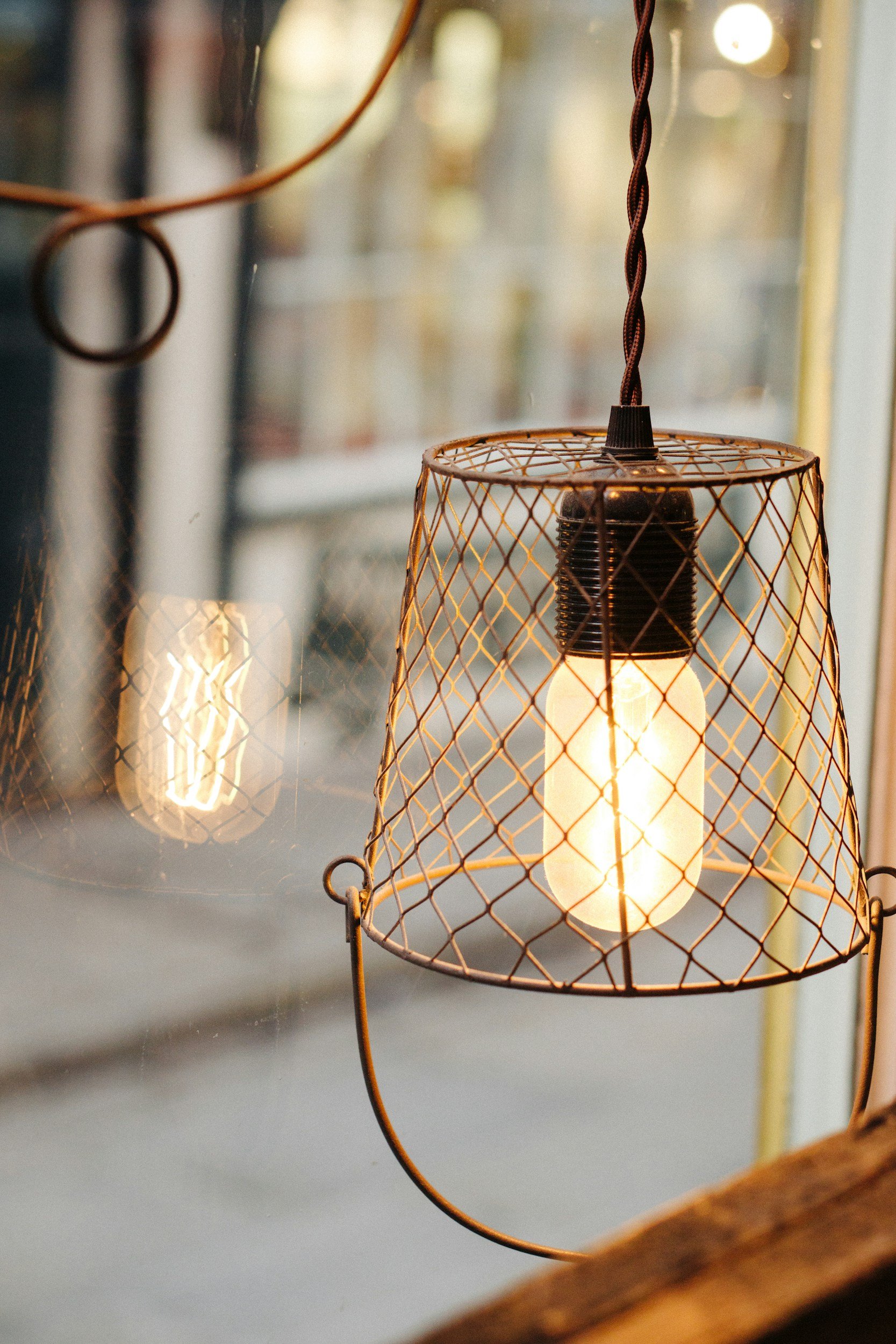
Eco-Friendly Urns: Honoring Your Loved One While Caring for the Planet
One of the primary benefits of eco-friendly urns is the use of sustainable materials. Unlike traditional urns made from metal, wood, or ceramic, many eco-friendly urns are crafted from biodegradable substances like bamboo, cornstarch, recycled paper, or even natural salts

Choosing the Right Urn: Material, Style, and Personalization
When selecting an urn, the material is one of the most important factors to consider. Traditional urns are often made from materials like wood, metal, or ceramic, but for those concerned about the environment, there are greener options available. Biodegradable urns, made from sustainable materials like bamboo, recycled paper, or salt, are designed to break down naturally over time, reducing their environmental footprint (Funeral Consumer Alliance, 2018). These eco-friendly urns are ideal for water burials or natural burial sites, as they return the remains to the earth without harming the ecosystem.

A Brief History of Urns: From Ancient Traditions to Modern Memorials
One of the earliest known uses of urns dates back to the Bronze Age (3300-1200 BCE), where archaeological findings reveal that people from ancient China, Greece, and Rome used urns to hold cremated remains. In ancient Greece, urns, or lekythos, were used in funeral rites and often adorned with depictions of mourning scenes or mythological stories

The Environmental Impact and Health Concerns of Flame-Based Cremation
Flame-based cremation, while initially introduced as a sanitary alternative to burial, carries significant environmental and health concerns. The process involves burning the body at high temperatures, which releases harmful pollutants like carbon dioxide (CO2), mercury from dental fillings, and dioxins into the atmosphere. These emissions contribute to air pollution and climate change. A single cremation can emit up to 400 kg of CO2, comparable to a 500-mile car trip

A Brief History of Flame-Based Cremation in America
Flame-based cremation, also known as traditional cremation, has a relatively recent history in America, with its roots in the late 19th century. The practice of cremation was introduced in the United States in 1876 when Dr. Julius LeMoyne, a physician and social reformer, built the first crematory in Washington, Pennsylvania. Dr. LeMoyne was influenced by growing concerns about public health

Understanding Your Pet Aftercare Options
Losing a beloved pet is never easy, and deciding how to care for them after they pass can be overwhelming. Understanding your options—cremation, burial, and aquamation—can help you make an informed decision that feels right for you and your pet.
